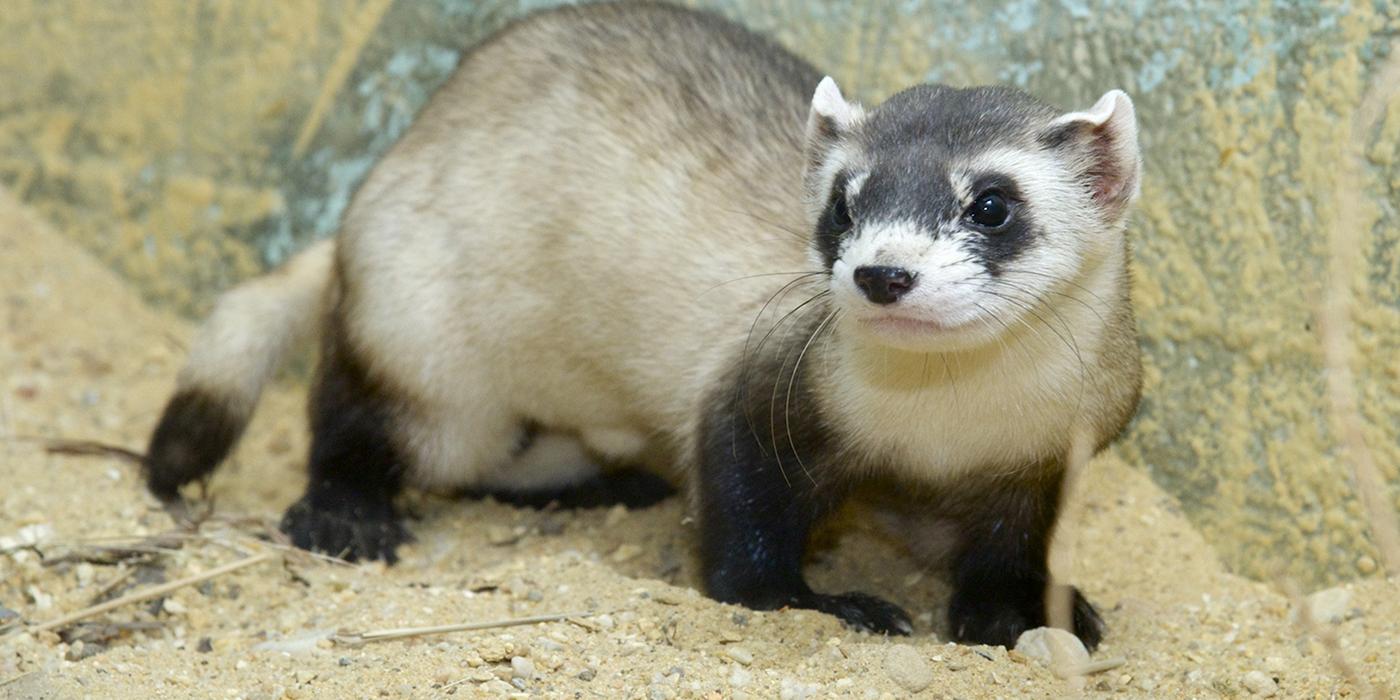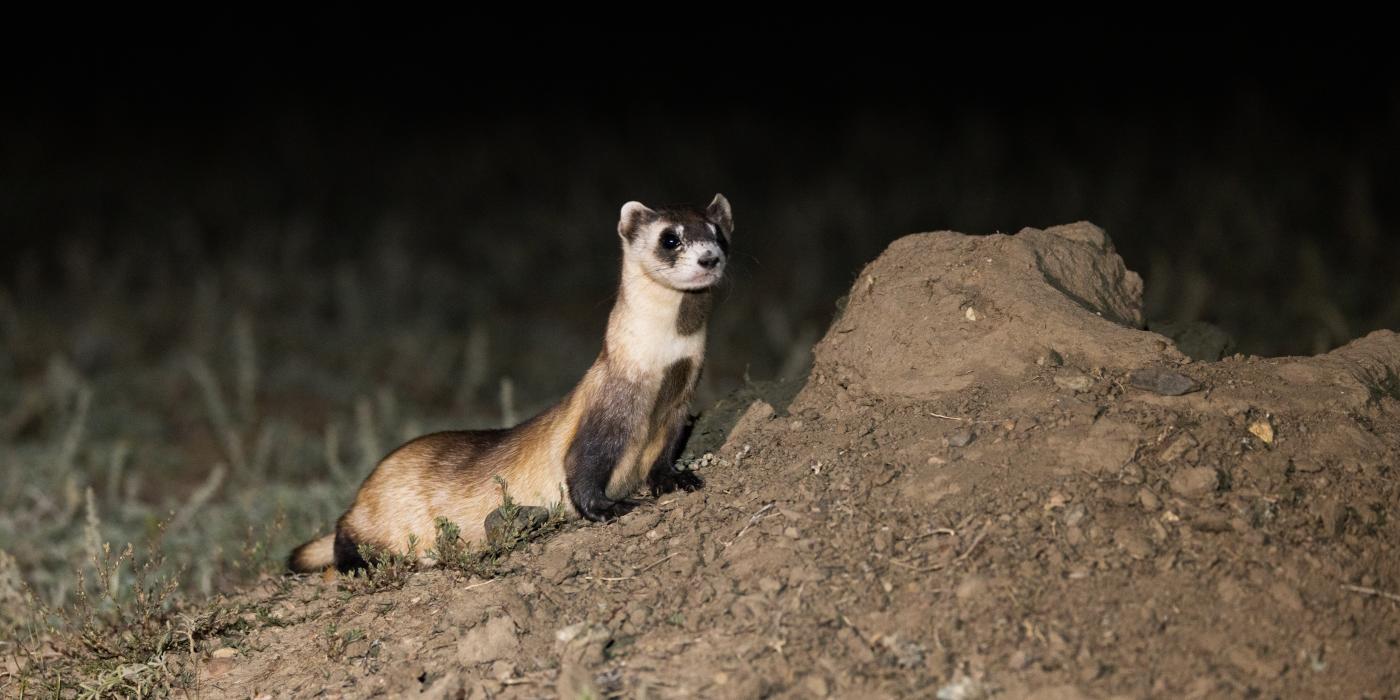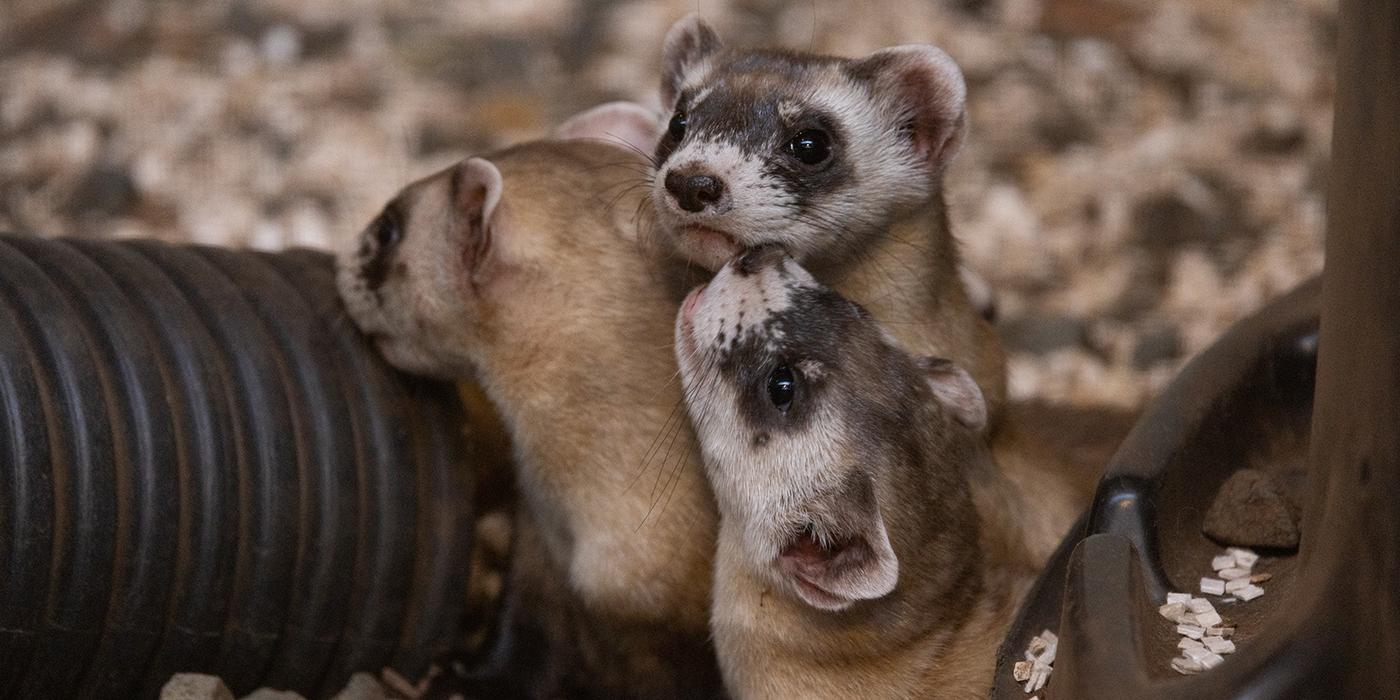What Do Black-footed Ferrets Sound Like? And Other Ferret Questions Answered
You asked the internet, we answered
Today, we’re answering some of the most-searched questions about black-footed ferrets, North America’s only native ferret species! These playful animals were once thought to be extinct but have made an incredible recovery, thanks in large part to the work of the Smithsonian Conservation Biology Institute.
What do black-footed ferrets sound like?
These vocal critters make a lot of noise. They use a loud chatter to sound an alarm in the presence of danger and a hiss to show agitation or fear. Females whimper to encourage their young to follow them around, and males often “chortle” to females during breeding.
What do black-footed ferrets live in?
These animals are nocturnal, typically spending only a few minutes above ground each day during the first few hours following sunrise to hunt and find new burrows or mates. Their remaining time is spent underground in prairie dog burrows away from predators and harsh weather, where they sleep, hunt and give birth.
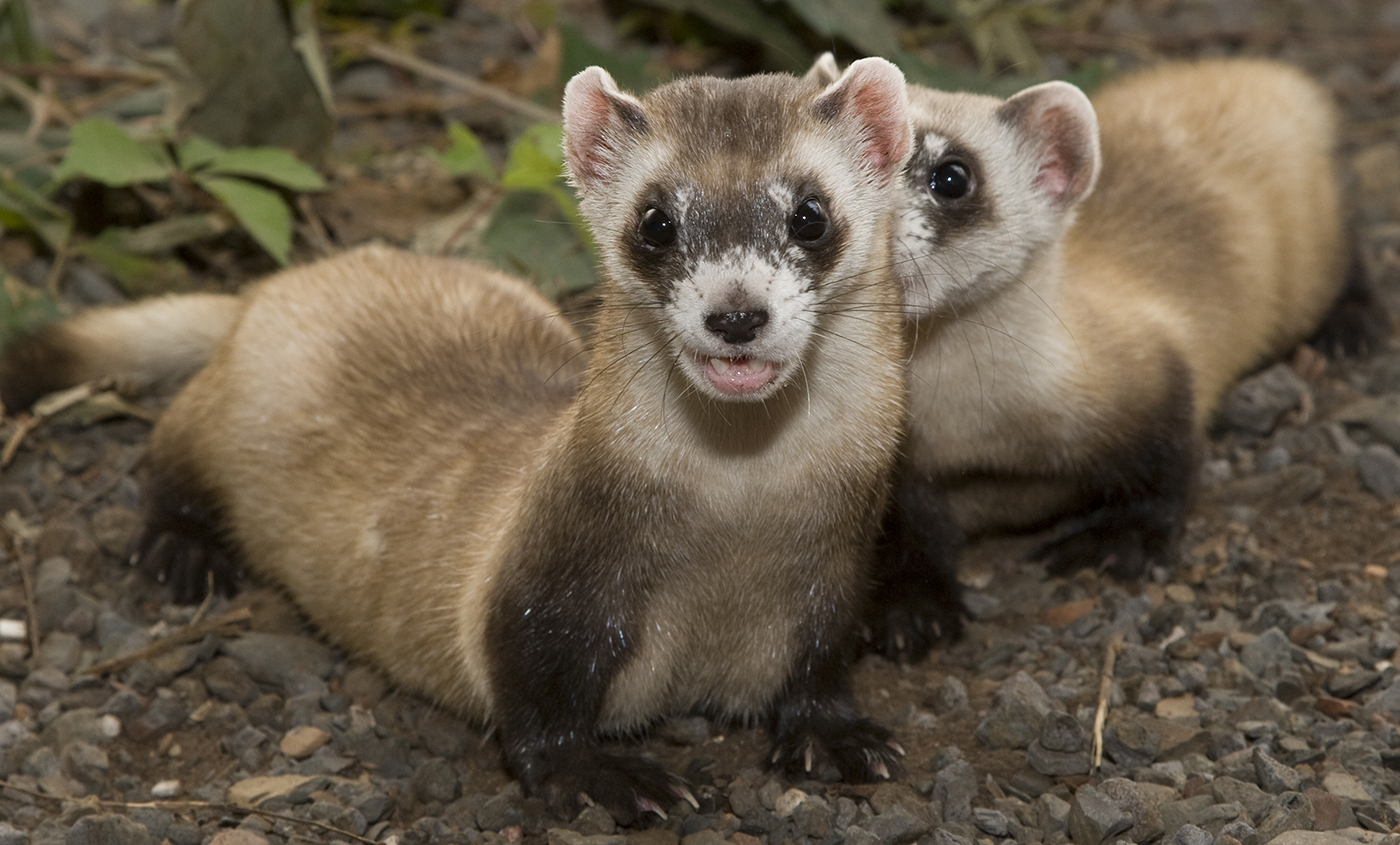
Do black-footed ferrets live in groups?
Black-footed ferrets actually live solitary lives, except during the breeding season and while females are caring for their young.
What do black-footed ferrets look like?
These slender, wiry animals are covered in yellow-beige fur. As their moniker implies, their feet are black, as is the fur around their eyes and at the tip of their tails. Black-footed ferrets are well suited to their prairie environment, where their colors help them blend in with grassland soils and plants.
Do black-footed ferrets eat prairie dogs?
The rumors are true; black-footed ferrets eat prairie dogs. Prairie dogs constitute 90 percent of a wild black-footed ferret’s diet.
Despite their small size, ferrets have a big appetite. Their high metabolic rate requires that they eat large quantities of food. In fact, a ferret may eat more than 100 prairie dogs in a single year. The remainder of their diet includes mice, rats, ground squirrels, rabbits, birds and the occasional reptile or insect.
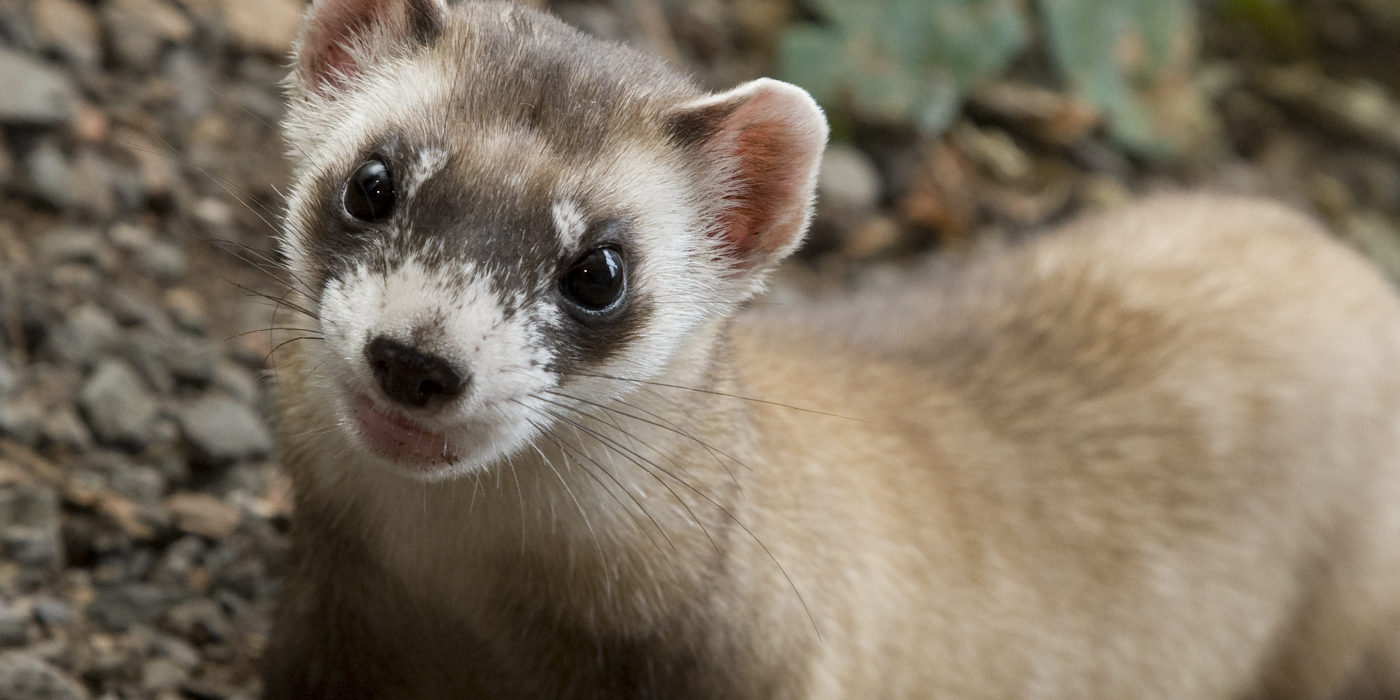
How do black-footed ferrets hunt?
Ferrets travel from burrow to burrow in search of a meal, aided by long guard hairs on their forelimbs that can sense movement in the dark, underground systems. Once a ferret locates a prairie dog, it suffocates it with a bite to the throat.
Do black-footed ferrets have predators?
Yes, their primary predators are coyotes, badgers and owls!
Do black-footed ferrets live in the desert?
Black-footed ferrets once ranged throughout the North American Great Plains from southern Canada to northern Mexico, wherever prairie dog colonies thrived.
At one point, their numbers were so diminished that they were thought to be extinct, until a small population was discovered in 1981. The 18 animals were caught to establish a breeding colony from which all wild black-footed ferrets are now descended.
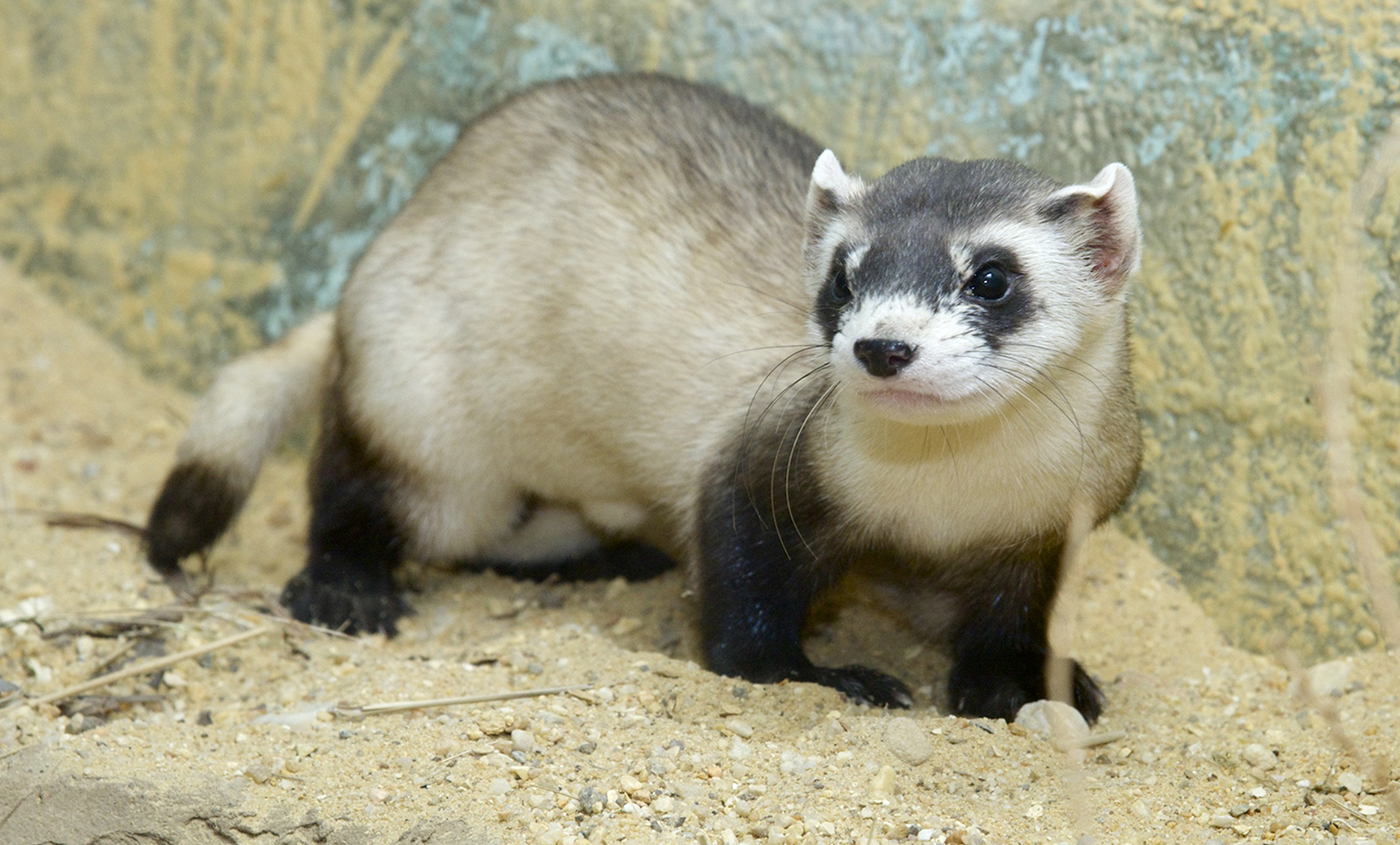
Today, black-footed ferrets have been reintroduced to parts of their historic range, including locations in Wyoming, South Dakota, Montana, Arizona, Colorado, New Mexico, Kansas and Utah. They have also been released into Canada and Mexico!
How do black-footed ferrets protect themselves?
The prairie dog burrow systems that black-footed ferrets inhabit offers shelter from predators. They also make use of sharp canines and a good sense of smell.
Do black-footed ferrets hibernate?
These ferrets don’t hibernate, but their activity does decrease substantially in the winter, during which time they sometimes remain in the same underground burrow system for up to a week!
Stop by the Small Mammal House to see black-footed ferrets during your next visit to the Smithsonian’s National Zoo!
Related Species:

